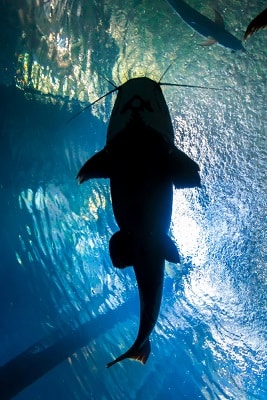
It is necessary to study the feeding patterns of catfish. The knowledge you will get can be used to have a better catfishing experience every time you go fishing. Catfish are known to have a diversified diet. Their feeding patterns include the consumption of different foods fish eat, which is one of the reasons catfish grows very big.
Understanding the catfish feeding patterns may require an analysis of previous study reports farmers and other academicians in the fisheries field have published. The application of the ideas from past reports may, however, depend on the catfish species in your region.
When Catfish Eat?
In private fish farms, the feeding pattern of the catfish is ultimately determined by the farmer. They choose when to feed the catfish and the quantity of feed to offer at the specific feeding time. Catfish farmers tend to plan feeding patterns for their catfish that promote growth generally, which will help to boost the economic value of the harvest when the fish grow and become adult catfish ready for sale.
In the natural habitat for catfish which include the rivers and lakes, catfish tend to eat when they see food. Their nutrition is majorly obtained from eating algae, insects, weeds in the sea and smaller fish. Catfish have also been known to eat the fry of other fish such as the bass.
Catfish find prey with the use of their barbells which are sensitive to smell; the catfish can detect food from a distance; this is how catfish survive in murky waters. Regarding the activity of anglers, it is necessary to understand the catfish feeding patterns.
Knowing where and when catfish will eat is a great way to plan your fishing expedition and have a successful experience. Catfish eating patterns change as they grow older into the adults — the younger catfish feed on mostly algae and larvae of insects in the water. Your goal should be to locate the areas adult catfish swim to in search of food.
Regarding the time of the day catfish eat, fortunately, many catfish species eat at all times during the day and night. However, this catfish feeding pattern will depend on the temperature of the water at that time. Catfish are active and will chase prey whenever they see one. This is how anglers manage to land much fish when they choose to go catfishing during the day or at night.
Overall, it can be affirmed that catfish will eat when its prey is available. This means, catfish feeding pattern will depend on the growth of algae in that particular river, or the presence of insect larvae, in a situation where the fish thrives on smaller fish, the catfish is compelled to feed when the smaller fish species it preys on are active. This can be during the day or at night.
During winter, when, the water is colder, catfish tend to hibernate. During this period, catfish tend to eat little, depending on its body mass for survival. This is why catfish always seem so hungry immediately after winter when the water becomes warmer, and it can cover more areas in search of food.
Related:
